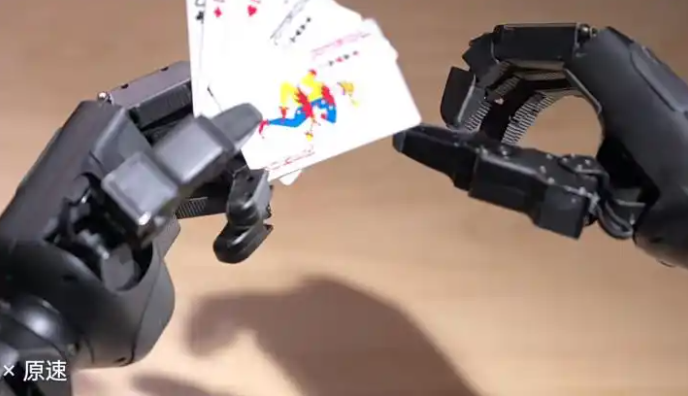Shanghai Jiao Tong University has officially released the world's first medical multimodal large model?Mingqi", which can accurately diagnose rare diseases of the digestive tract. This marks a major breakthrough in the field of AI+medicine. "Mingqi" adopts a dual-engine driving architecture of "large model capability matrix + expert routing collaboration", achieving a leapfrog improvement in both diagnostic accuracy and efficiency. It empowers the leapfrog development of the diagnosis of rare diseases such as Crohn's disease, which known as the "cancer that never dies", and brings a comprehensive upgrade to the diagnosis and treatment of rare diseases worldwide.
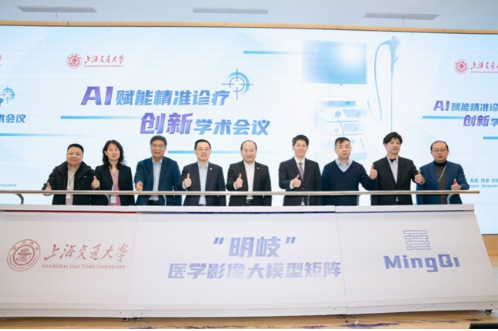
The semi-invasive brain-computer interface "Beinao-1" intelligent brain-computer interface system independently developed in China has completed the human implantation of the first batch of 3 patients. The patients are recovering well after the operation, and it will enter the formal clinical trial next year.
The human implantation of the first 3 patients is a clinical trial initiated by researchers (IIT). There are still 10 patients waiting for implantation this year. After obtaining the approval from the regulatory authorities next year, a formal clinical trial will be carried out, and it is planned to enroll 50 patients.
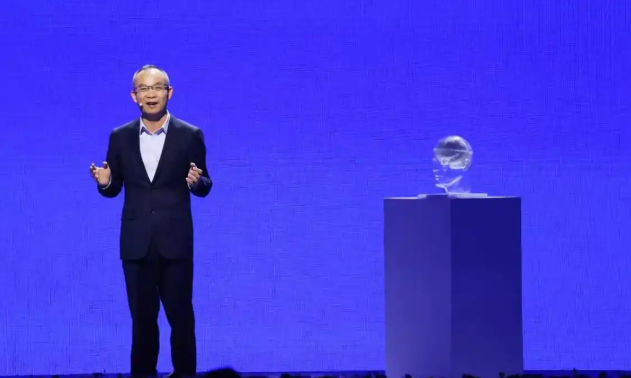
Recently, the fully-domestic intelligent agricultural control system jointly developed by Loongson Zhongke and Daoli Zhiyuan has been successfully implemented in the strawberry planting base in Shandong Province. This system has achieved full-chain domestic substitution from intelligent terminal sensors, control systems, edge collection to cloud management.
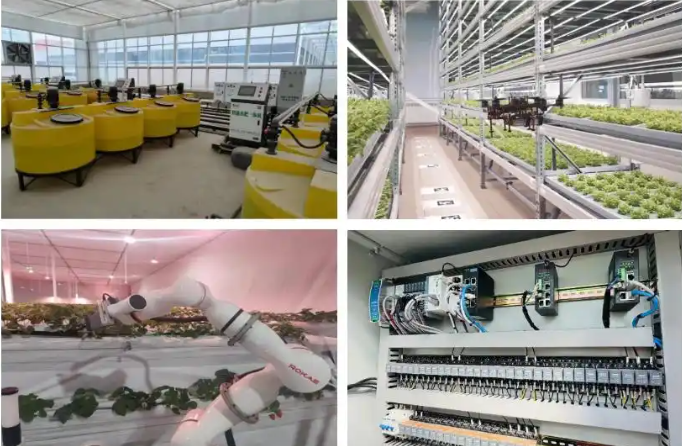
At 12:00 on April 1st, Beijing time, China successfully launched the satellite-internet technological experimental satellite from the Jiuquan Satellite Launch Center using the Long March 2D carrier rocket. The satellite smoothly entered its predetermined orbit, and the launch mission was a complete success. This satellite is mainly used to conduct experimental verification of technologies such as direct broadband connection between mobile phones and satellites, and integration of space-ground networks.
This mission is the 567th flight of the Long March series of carrier rockets.
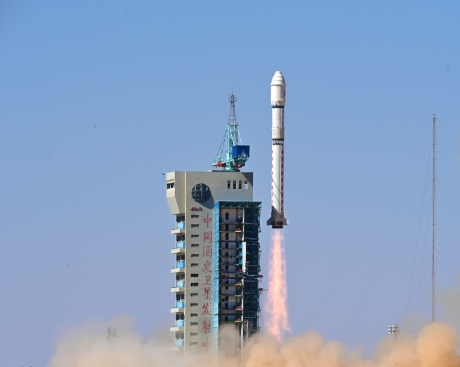
On the afternoon of April 1st, Unitree Robotics launched the new Unitree Dex5 dexterous hand. In terms of performance, this dexterous hand has 20 degrees of freedom per hand (16 active + 4 passive), can be smoothly back - driven (direct body force control), and has 94 sensitive contact points per hand. In the latest demonstration video, the Unitree humanoid robot H1 equipped with Dex5 showed actions such as grasping an orange, playing cards, twisting a Rubik's cube, and turning the pages of a book through the dexterous hand, demonstrating human - like fine - control capabilities.
